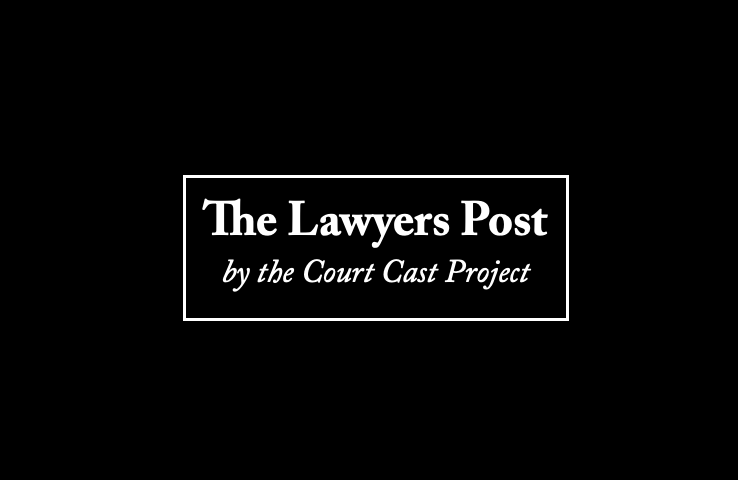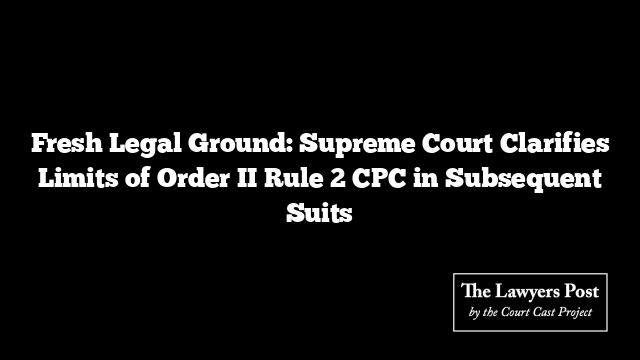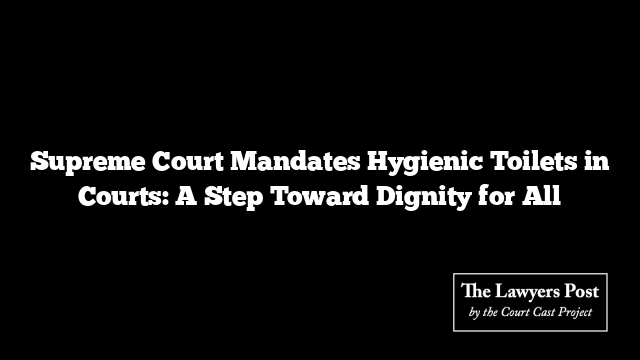In a pivotal decision, the Supreme Court has clarified that the bar under Order II Rule 2 of the Code of Civil Procedure, 1908, does not extend to subsequent suits rooted in distinct causes of action. This ruling comes in a case involving competing claims over immovable property, where the reliefs sought in a second suit were deemed separate from those in an earlier legal battle.
The crux of the issue revolved around an agreement to sell a property and subsequent disputes arising from the execution of a sale deed for the same property in favor of a third party. The plaintiff initially sought a permanent injunction but later filed a second suit for specific performance of the agreement and annulment of the subsequent sale deed.
At the heart of the matter was whether the second suit violated the principles of Order II Rule 2 CPC, which mandates that a plaintiff include all claims arising from the same cause of action in a single suit to prevent splitting claims and duplicative litigation.
The trial court initially rejected the plaintiff’s second suit, invoking the Rule. However, this decision was overturned by the Madras High Court, which reasoned that the subsequent suit stemmed from a fresh cause of action. On appeal, the Supreme Court upheld this interpretation.
The bench highlighted that the plaintiff was justified in not pursuing the specific performance relief earlier due to a government-imposed restriction on registering sale deeds in the area where the property was located. These constraints made it impossible to seek specific relief at the time of the first suit.
Emphasizing the importance of distinguishing between technicalities and substantive justice, the Court stated:
“Courts must interpret Order II Rule 2 in a manner that considers the realities of the situation and avoids rigid application of procedural bars when new causes of action arise.”
The judgment also underscored that the subsequent suit involved different facts and evidence, further affirming its independence from the earlier suit. The Court supported its reasoning by referencing decisions from the Rajasthan and Allahabad High Courts, which recognized that new events creating fresh causes of action allow plaintiffs to file separate suits.
With this ruling, the Court dismissed the appeal, reinforcing that procedural rules should not obstruct the pursuit of justice when distinct legal grounds emerge.





